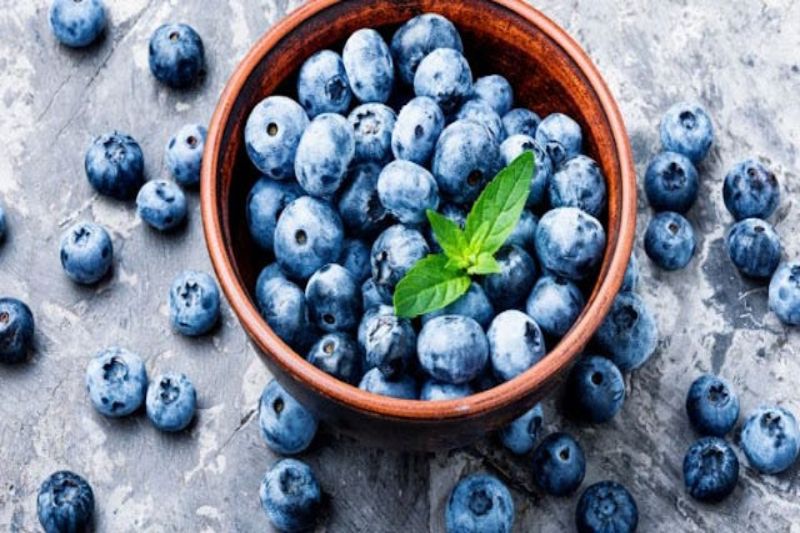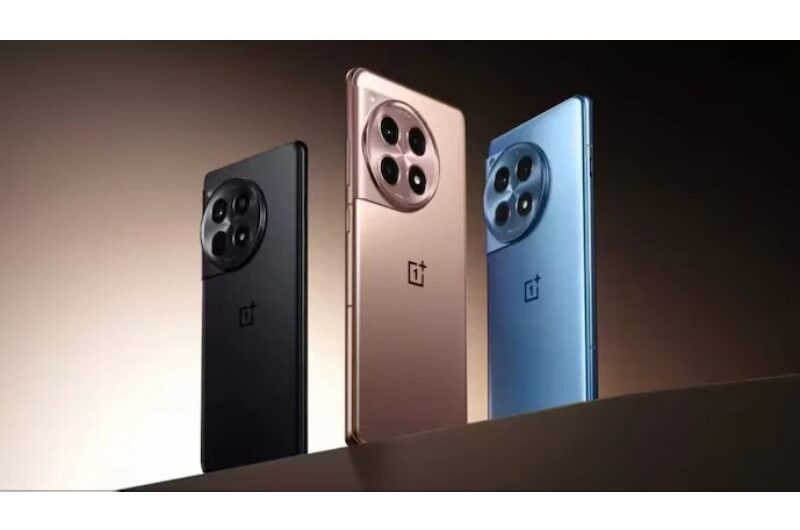The blue color of blueberries, which are a delicious and melt-in-your-mouth addition to pancakes, is caused by pigments known as anthocyanins. These pigments, however, are not blue.
It’s only the way light reflects from a blueberry and enters our eyes, whereupon our brains interpret it as blue!
High amounts of anthocyanins, which give blueberries their distinctive dark red color, are found in them. So how do blue-colored fruits like blueberries get their blue color?
After doing some additional research, scientists at the University of Bristol discovered that the fruit’s blue appearance is actually caused by a wax coating on its body, which contains microscopic exterior components.
These microscopic formations scatter UV and blue light, giving them a blue appearance. Certain animals and humans also find blueberries distinctive due to this characteristic.
Fruit and leaf surfaces are coated in plant waxes termed epicuticular waxes, which act as protective layers. They keep the plant hygienic, deter water, and fend off insects and pathogens.
These waxes serve a variety of purposes and resemble other natural materials like cellulose. They have been the subject of much research, with a primary focus on their capacity to repel water.
These waxes are produced by a process known as self-assembly and appear on the outside of plants. Even while we now know a little bit about how they form, more remains to be discovered.
“The blue of blueberries can’t be ‘extracted’ by squishing – because it isn’t located in the pigmented juice that can be squeezed from the fruit,” said Rox Middleton, research Fellow at Bristol’s School of Biological Sciences.
“So we removed the wax and re-crystallised it on card and in doing so we were able to create a brand new blue-UV coating,” he added.
With a thickness of only two microns, the ultrathin colorant might present a novel approach to color creation. The researchers noticed that even though it’s not as glossy, it still appears blue and reflects UV radiation.
“It was really interesting to find that there was an unknown coloration mechanism right under our noses, on popular fruits that we grow and eat all the time,” added Middleton.
Study synopsis:
Since the eyes of many visually guided frugivores are highly suited for blue sensitivity, it may come as a surprise that blue-pigmented fruits aren’t more widely available. On the other hand, certain fruits lack blue pigments but nevertheless have a blue color. We examine darkly pigmented fruits, such as blueberries, plums, and juniper cones, that have wax flowers and discover that a structural color mechanism is in charge of their appearance.
The interaction between light and the randomly distributed non-spherical scatterers produces the chromatic blue-UV reflectance.In the laboratory, replicate the structural hue by recrystallizing wax bloom and letting it self-assemble to get the blue look.show that blue fruits and fruits with structural color are not limited to those that have blue pigment or subcuticular structure. Furthermore, although having different morphologies, converging optical characteristics are seen over a broad evolutionary range. Epicuticular waxes are biocompatible, renewable, self-assembling, self-cleaning, and self-repairing optical biomaterials that will be a part of the bioengineering toolkit of the future.
Topics #Blueberries










